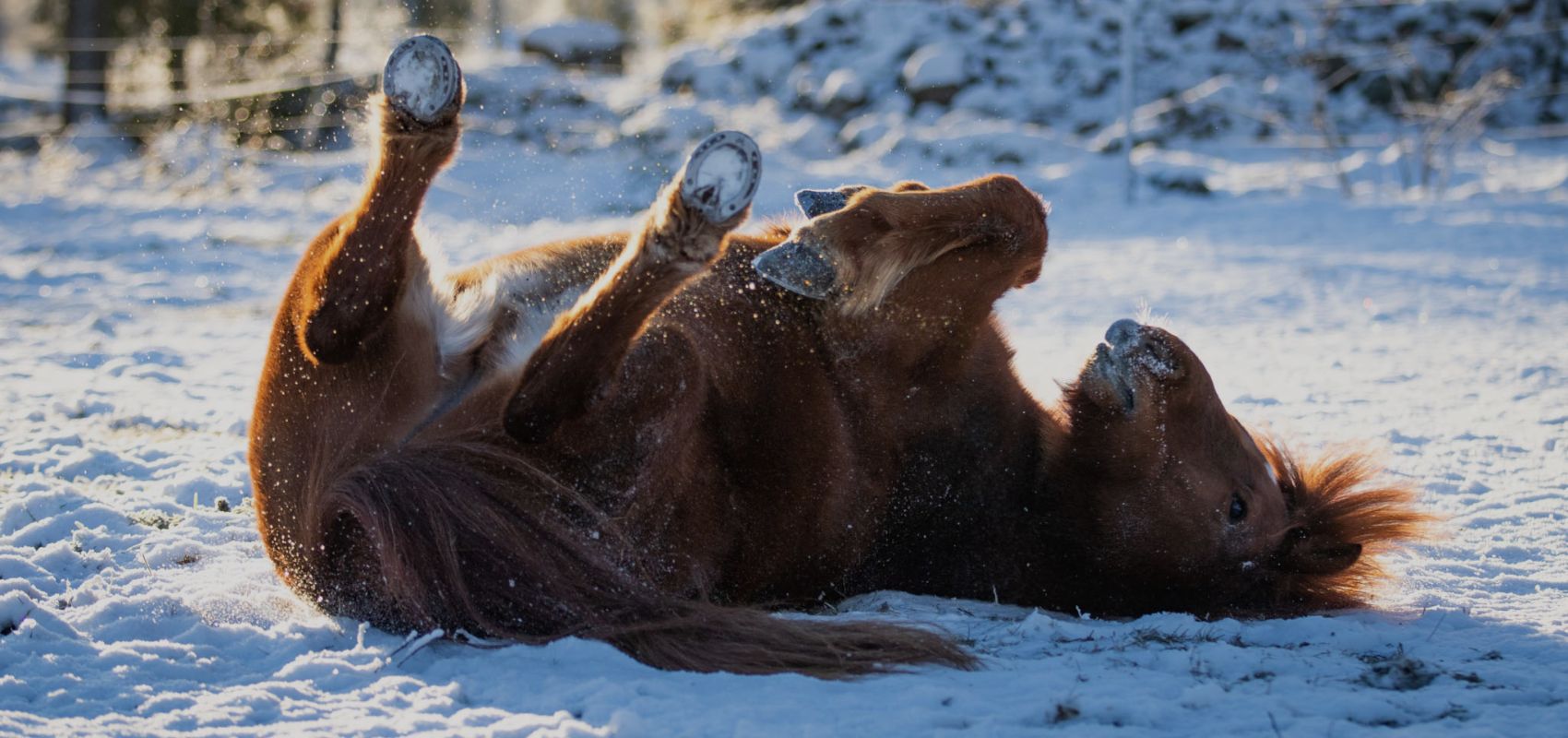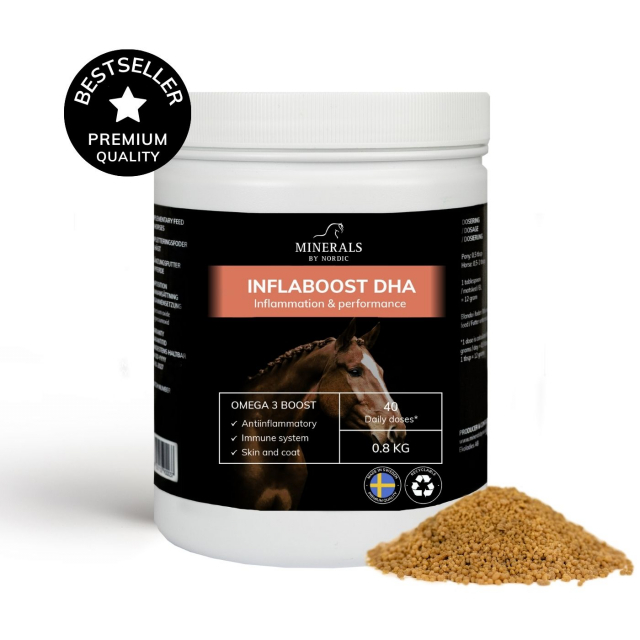
In-depth explanation of colic in horses
Colic is a term that brings concern to all horse owners, known for causing intense abdominal pain that can range from mild discomfort to an acute, life-threatening condition. This ailment is not a specific diagnosis but rather a symptom of various underlying problems in the horse's gastrointestinal tract. Understanding what colic is and how it manifests in horses is crucial for quickly identifying and managing the condition, which can be vital for the horse's survival and well-being.
What is colic?
Colic is not a disease in itself; rather, the word "colic" is an umbrella term used to describe abdominal pain in horses. Colic is a symptom of a range of conditions that affect the horse's stomach and intestines to varying degrees. For example, a horse can have mild colic that may resolve on its own, or severe colic that may require emergency abdominal surgery.
Different forms of colic
Colic can be classified into several different forms depending on its cause:
Impaction colic: Can be due to too little movement, parasitic damage, sudden changes in diet, dehydration, or other types of external stress.
Sand colic: Caused by the horse ingesting too much sand or dirt along with its feed or while grazing.
Torsion (twisted gut): A serious condition that occurs when parts of the intestine twist or become displaced, potentially leading to a cut-off blood supply.

The horse's digestive system
The horse's digestive system is adapted for the continuous processing of large amounts of fibrous food. The system is complex and designed to efficiently extract nutrients from a diet that mainly consists of grass and hay. Here is an overview of the different parts of the horse's gastrointestinal tract and how they function:
The mouth
Digestion begins in the mouth, where the horse uses its powerful front teeth to cut grass and hay. Behind the front teeth, there is a toothless gap followed by the molars, which are adapted to grind the food particles into a fine mash. During chewing, the food is mixed with saliva, which contains enzymes that start breaking down the starch in the feed.
The esophagus
The chewed mash is then passed through the esophagus to the stomach. The esophagus in a horse allows only one-way passage of food, which means horses cannot vomit.
The stomach
The horse's stomach is relatively small compared to the rest of the digestive system and holds only about 8-15 liters. The stomach fills quickly, which stimulates a continuous passage of food to the intestines. In the stomach, the food is mixed with gastric juices containing hydrochloric acid and pepsin, which help further break down the food.
The small intestine
When the food leaves the stomach, it enters the small intestine, which is the main site for nutrient absorption. The small intestine is about 15-21 meters long, and here, proteins, fats, and some carbohydrates are broken down into smaller molecules that can be absorbed into the bloodstream.
The cecum and large intestine
From the small intestine, the food moves to the cecum, a large sac-like structure that acts as a fermentation chamber. Here, the cellulose in hay and grass is broken down by microbes. This process is vital for the horse's ability to extract energy from fibrous material. After the cecum, the food moves into the large intestine, which consists of the colon and rectum, where further nutrients and water are absorbed.
The rectum
In the rectum, waste material is collected and temporarily stored until the horse is ready to defecate.
The horse's digestive system is very efficient for its natural diet but is also sensitive to disturbances such as improper feeding or stress, which can lead to serious digestive disorders like colic. It is therefore important that horses receive a balanced diet and regular exercise to keep the digestive system healthy and functioning.
Which part of the system is most commonly affected by colic?
The most common part of the horse's digestive system where colic occurs is the large colon. The large colon, a part of the large intestine, plays a crucial role in processing fibrous materials and is also the site where several types of colic often initiate. This part of the intestine is responsible for large portions of fluid absorption and the continued breakdown of food through bacterial fermentation.
Why is the large colon vulnerable to colic?
Complex structure: The large colon is a large and winding part of the intestine with several sharp bends, making it particularly susceptible to displacements and twists. These anatomical features can lead to physical blockages or twists (torsion), which can drastically disrupt blood flow to the intestine and cause severe pain.
Impactions: The large colon is also the most common site for impactions, which is a condition where a solid mass of indigestible material (usually undigested fiber) accumulates and blocks the intestine. Impactions can be due to insufficient water intake, poor-quality feed, or lack of exercise.
Causes of colic
Several factors can increase the risk of colic in horses, including:
Insufficient fiber: It is important that a horse's diet has a high fiber content to reduce the risk of impaction colic. Fiber is crucial for keeping the horse's intestines moving and contributes to a healthy digestive process. To ensure the horse gets enough fiber, large amounts of concentrate should be avoided, and instead, hay pellets with high fiber content should be chosen.
Too much concentrate: Large amounts of concentrate can ferment quickly in the intestines, creating an excess of gas and acid. This can increase the risk of gas colic.
Dehydration: Dehydration and reduced water intake are common causes of colic. Water is absolutely necessary to keep the intestines moving and maintain stool softness, and dehydrated horses have a higher risk of developing impaction colic. Electrolytes can help restore and maintain fluid balance in the body by facilitating fluid uptake and maintaining normal electrolyte levels.
Limited mobility: Horses are made to move, and their intestinal health is directly linked to their physical activity level. Too little movement (such as during stall rest or a lifestyle with many hours in a stall) can lead to reduced intestinal activity and increase the risk of colic.
Stress: Stress from transport, environmental changes, competitions, or social unrest within the herd can negatively affect the horse's digestion and trigger colic symptoms.
If you suspect colic, it is important to always contact a veterinarian immediately!

 SWE
SWE


 ENG
ENG NO
NO AX
AX DE
DE